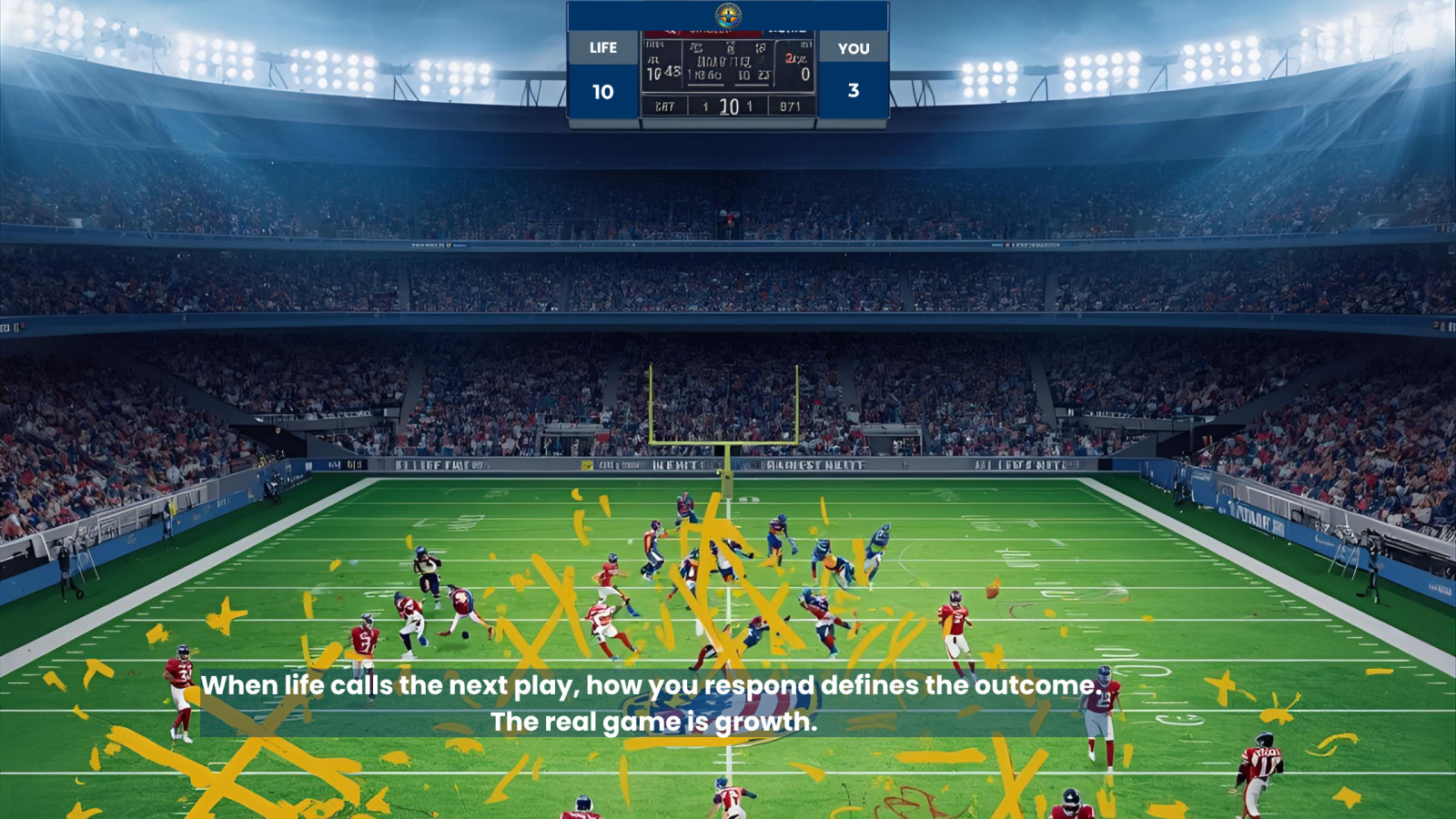
What the Game of Life Taught Me About Change, Faith, and Resilience
TL;DR:
- Change isn’t a single event—it’s a lifelong practice of faith, focus, and alignment.
- Real growth comes from surrendering control and trusting the process.
- The L.I.F.E. Method shows how to live intentionally and keep moving forward with purpose.
Key Takeaways
- Real change is rarely comfortable — it requires honesty, alignment, and a willingness to rebuild when life calls an unexpected play.
- Growth isn’t just about achieving more; it’s about surrendering control, trusting faith, and integrating every lesson along the way.
- The L.I.F.E. Method—Leverage, Integrate, Focus, Execute—offers a framework to turn adversity into alignment and live with clarity and purpose.
- You don’t control the score in life, but you can control how you show up, who you become, and how you keep moving forward.
Week 6 of the NFL kicked off with the unexpected NY Giants 34-17 win over reigning Super Bowl champs the Philadelphia Eagles. As a die-hard Dallas Cowboys fan, nothing is more satisfying than a division underdog taking down the Eagles.
Breaking years of dominance by their divisional rival, rookie quarterback Jaxson Dart and running back Cam Skattebo led the charge, combining for five total touchdowns and displaying the kind of composure and hunger that’s been missing from Big Blue for years. Dart threw for nearly 200 yards and ran for another 60, while Skattebo bulldozed for 98 yards and three scores.
What made this win significant wasn’t just the scoreboard. It was the attitude shift. This young Giants squad, written off as longshots, showed a new identity: physical, adaptable, and unafraid.
After seasons of frustration and a winless run in the NFC East, they finally start to rewrite the narrative by doing something different.
Even with setbacks, like Dart briefly leaving for concussion protocol, they weren’t derailed. The team adjusted, regrouped, and finished strong.
But that didn't happen without change.
The Giants didn’t just “look better”; they “vibed better”; changed their playbook, their culture, and belief system.
Like any athlete, or anyone trying to reinvent themselves, they stopped replaying old mistakes, leaned into discomfort, and kept showing up after every hit.
They modeled what it looks like when change stops being theory and becomes a sport—one you train for, sweat through, and play to win.
The thing about change is this:
It rarely looks heroic in real time.
It can feel like chaos.
Even self-sabotage, from the outside.
Ask any Dallas fan right now.
We watched the team release experienced head coach, Mike McCarthy, only to hand the reins to first time head coach and former offensive coordinator Brian Shottenheimer, which garnered instant skepticism. Add to that the messy, very public split with Micah Parsons, a critical piece in the Dallas defense and most of us figured the season was cooked before it started.
But sometimes, real change looks exactly like that—a mistake.
It’s what happens when a team, or a person, stops chasing comfort and starts betting on alignment.
If you’re navigating your own version of this shift, I wrote more about finding your footing again in When Identity Shifts: How to Reinvent Yourself After 40.
Real Change Isn’t Pretty: How Growth Often Feels Like Losing First
So, you ask, “what does real change look like?”
It’s rarely pretty.
It’s not the highlight reel.
It’s the film room, the criticism, and the courage to rebuild your playbook mid-season.
The Giants showed what change can achieve. The Cowboys showed what it costs.
I know how unpretty real change can be.
I’ve lived it.
Imagine you’re coming to the end of your first quarter. You’ve made some good plays and gained some yardage but there’s no points on the board.
Like any team down early in the game, I had flashes of brilliance mixed with blown assignments.
I had some college behind me.
I could always manage to keep a job.
I did start a family.
But there were some major sacks along the way.
Academic probation after my freshman year in college.
An abbreviated stay in the military.
Unresolved trauma that bled into all aspects of my life.
I call these my self-inflicted penalties’.
Despite all of this, I felt I had a least scored a field goal.
I was working in my dream job of television production and for all intents and purposes, I looked like I had my life together.
Truth is, I was unraveling slowly. Every win felt temporary. Every accomplishment, a mask. For more than a decade, I kept running plays from a script I never wrote.
That’s when I got sacked—hard.
One morning, out of nowhere, my body called a timeout I didn’t plan. Heart pounding, chest tight, mind spinning so fast I couldn’t find a single clear thought. It felt like every play I’d been running finally collapsed at once. I wasn’t dying, but I sure didn’t feel alive either.
That panic attack hit like a blitz I never saw coming.
And for the first time, I had to face what I’d been avoiding.
Change wasn’t optional anymore.
My body made the call I kept ignoring.
That moment, as terrifying as it was, became pivotal.
I had two choices: crawl back to the old playbook or start calling a new game.
Hard Calls That Change Everything: When Life Makes You Choose Change Over Comfort
My first quarter ended with me flat on the field. My second started with me standing up—barely—but finally calling my own plays.
But calling plays for the life you want takes real courage and a willingness to pay the cost that comes with it.
And just like that, the second quarter demanded its first plays—two of the hardest calls I’ve ever made.
Decision 1-Ditch the job
I walked away from a job people envied—a high-profile role that should have felt like success. But every day, I could feel the quiet tension under my boss’s smile. Whether it was real or just my perception didn’t matter anymore. It was eroding me. The paycheck wasn’t worth the panic. So I did what most people don’t—I left the dream job before it destroyed me.
There was no backup plan.
No next gig.
But I knew what I was capable of and that somehow, I would make something new happen.
Decision 2-End the marriage
The harder call came at home. My marriage was unraveling, and for years I’d played defense.
Trying to keep peace.
Managing appearances.
Protecting the kids (as best I could) from the storm.
But real change demanded honesty, even if it shattered what was left.
I told my wife she had one year to file for divorce, or I would.
That moment was brutal.
Two teenagers in the balance, years of history on the line—but it was the first time I truly advocated for myself.
What I learned in both instances was this:
To become a better version of me, I had to remove the situations and people that no longer added value to my life.
The hard part is getting your brain on board—and that starts with honesty.
I often say my L.I.F.E. method starts with leveraging what you already know.
Translation? Get real about what’s working and what’s not.
This isn’t about what feels comfortable, what society says your life should look like, or the stories you’ve been telling yourself.
It’s about getting uncomfortable with what’s no longer aligned.
Bottom line:
Advocating for me was the start of working on me.
Learning to make those kinds of decisions starts with clarity. I unpack that more in Finding Your Voice in the Noise.
When Life Forces a Reset: How a Health Crisis Taught Me to Live What I’d Learned
By the time life threw its next punch, I’d finally started finding rhythm.
Better work.
More peace.
And a growing sense that maybe, just maybe, I was becoming the man I was supposed to be.
Then came the news that changed everything again.
I was hit with a cancer diagnosis.
The news was devastating.
I was just finding my stride—still doing the work on me, still liking the results. There was promise of a life aligned.
And then there wasn’t.
Once again, I was in a place where every decision mattered, where each one could mean the difference between life and death.
This time, the fight wasn’t about proving strength.
It was about learning surrender—trusting my body, my faith, and the work I’d already done.
In the early days, I treated cancer like another competition.
I wanted to win at healing.
I followed every instruction, tracked every stat, and celebrated every small victory.
But cancer doesn’t care about your stats. It humbles you fast.
During treatment, there were days I couldn’t push, so I had to learn to pause.
Days I couldn’t plan, so I had to learn to pray.
The control I’d once worn like armor didn’t serve me here. I had to trade control and fight for trust.
The irony is that surrender didn’t make me weaker.
It made me whole.
It forced me to live the lessons I’d been preaching:
Alignment.
Authenticity.
Purpose.
Before cancer, I talked about living intentionally.
During it, I finally had to practice it.
Recovery wasn’t just physical—it was a reintroduction to me.
The honest, unfiltered version who didn’t need to perform for approval or chase worth through work.
By the time the treatments ended, I wasn’t the same man who’d walked in.
The mirror showed scars, but also peace—the kind that only comes when you stop fighting life and start flowing with it.
This was my half time.
The pause I needed to rebuild in alignment with the work that came before.
That season taught me a lot about authenticity and showing up real—something I dive deeper into in Breaking the Algorithm: How to Show Up Authentically in a Filtered World.
Evolving the Playbook: How Facing Old Wounds Deepens Real Change
Coming out of halftime, I thought I was ready for my comeback quarter.
My life looked aligned.
My work had purpose, in that moment.
I was telling myself I’d made it.
Then the cracks started showing again.
The truth is, you can look aligned on the outside and still be out of rhythm on the inside.
I was still carrying the same unhealed weight.
Old trauma.
Coping tactics that numbed more than they healed.
Decisions rooted in fear instead of clarity.
On paper, I looked steady. Inside, I was running plays that kept breaking down.
Growth doesn’t give you a final whistle.
You don’t “win” self-awareness.
You maintain it.
You adjust the plays as life shifts around you.
Every new level of purpose exposes a new layer that needs attention.
That realization hit me like a busted third-quarter drive.
The momentum fades.
Mistakes resurface.
And you’re forced to make a choice:
Whether to tighten your focus or lose the game entirely.
I had to start running a different kind of offense.
One built on awareness, boundaries, and truth.
I learned that healing isn’t about fixing what’s broken. It’s about constantly aligning who you are with who you’re becoming.
I had to focus on the real opponent this time—my own unhealed past.
The trauma I’d buried for years wasn’t gone.
It was just playing defense in a different jersey.
I had to face how it showed up in my choices, my relationships, and the ways I tried to control everything around me.
Letting go wasn’t easy. It meant forgiving myself for what I didn’t know back then, for who I had to be just to survive. It meant accepting every version of me—the good, the bad, and the ugly—and understanding that even the ugly had purpose.
Every scar.
Every misstep.
Every shameful chapter.
It shaped how I showed up in the world and for myself.
Then life delivered its next humbling play.
I became my father’s hospice caregiver. Watching his strength fade while holding space for his dignity was both brutal and sacred.
In those quiet, late-night hours, all the noise of identity and ambition fell away. What was left was clarity
I began to see that every twist, every loss, every painful reroute had been preparing me for this exact moment of service. Sitting beside my father, I understood that nothing in my story was wasted. The broken parts had been building something whole.
It was humbling—realizing that even with my flaws, my doubts, my unfinished edges, I was still enough.
Enough to love.
Enough to show up.
Enough to serve.
That acceptance didn’t arrive with fanfare. It came in whispers—in the beeping monitors, the quiet breaths, the small mercies of being present.
His passing didn’t end something for me—it shifted something in me. It showed me that everything I’d fought through had led to peace, to purpose, to enough.
That’s the space I live from now.
The L.I.F.E. Method Playbook: Four Plays That Can Change Your Life
That space is steady, grounded, intentional, and peaceful.
But peace means nothing without movement.
Healing isn’t the end of the game; it’s the start of execution.
The lessons I’d fought for didn’t just rebuild me; they became the foundation of how I live, coach, and lead.
What started as survival evolved into a method.
A way to navigate change with clarity and purpose.
I call it the L.I.F.E. Method.
I didn’t read it in a book—I lived it. These are the plays I’ve run, refined, and relied on to keep moving forward. And if you’re ready to move from intention to action, here’s where you start.
Leverage what you know.
Real change starts with honesty. Take inventory of what’s real.
Your strengths, your patterns, your blind spots.
Honestly looking at what’s working and what’s not.
Change starts when you stop holding on to what no longer serves you and you start leveraging the truth that’s within you.
Integrate the lessons.
Integration means living what you know to be true in this season, even when uncomfortable.
This is where self-awareness becomes behavior, not just belief.
Growth without reflection just repeats old habits.
Focus on what truly matters.
Healing isn’t about doing more.
It’s about doing what matters most.
Focus brings order to chaos.
It’s the discipline to align your time, energy, and attention with your values, not your fears.
Healing isn’t found in the pain you revisit; it comes from understanding what it taught you and using that wisdom to live differently.
Execute with intention.
Execution is where vision meets movement.
It’s not perfection—it’s consistency.
It’s showing up every day and leaving it all on the field.
Every small, aligned step compounds into transformation.
Execution is where purpose takes shape and alignment turns into impact.
Because purpose doesn’t reveal itself in theory—it shows up in motion.
All of it circles back to clarity and values—what guides us when life tests who we are. I explored that more in Coaching a Divided Nation: How Clarity, Values, and Story Shape Our Future.
Final Thought
Looking back, I can see how every setback, every season, and every hard decision was shaping something deeper in me.
None of it was wasted.
It was all preparation.
Growth isn’t just physical or emotional—it’s spiritual. And faith is what keeps me (and I hope you) grounded when life keeps testing your playbook.
This scripture has carried me through every one of those tests:
“My brothers and sisters, consider it pure joy, my brothers and sisters, whenever you face trials of many kinds, because you know that the testing of your faith produces perseverance. Let perseverance finish its work so that you may be mature and complete, not lacking anything.”
~James 1:2–4 NIV
It reminds me that even when life looks like loss, it can still be a win if you let it refine you.
In Week 6, the Giants won and Dallas lost.
Two teams, same division, both embracing change in their own way.
One celebrated a breakthrough.
The other faced a setback.
But both showed up—unapologetic, authentic, and resolved to trust the process, no matter the outcome.
That’s the real game.
It’s not about controlling the score.
It’s about controlling how you play the game, who you become, and how you keep showing up when life calls the next play.
That’s the real sport of change.
If you’ve been walking through your own season of change, maybe this is your moment to trust the process too.
The L.I.F.E. Method isn’t just coaching—it’s a way to realign faith, purpose, and action so you can move through life with clarity and intention.
Explore more about the process, the programs, and the tools I use to help you walk in purpose at PR4LIFE.ORG.
The next play is yours to call.
Live on Purpose. Lead with Clarity. Thrive by Design.








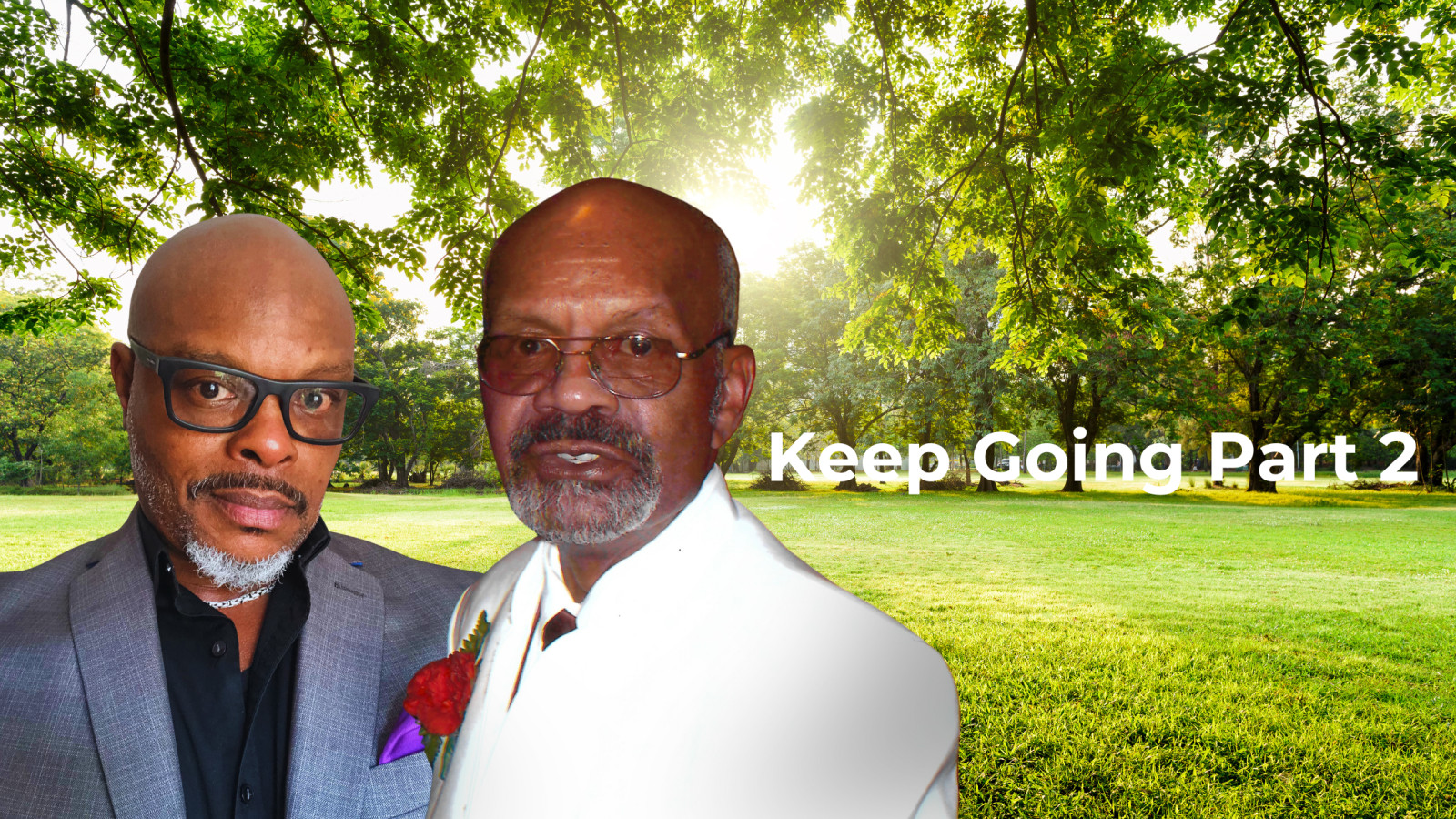
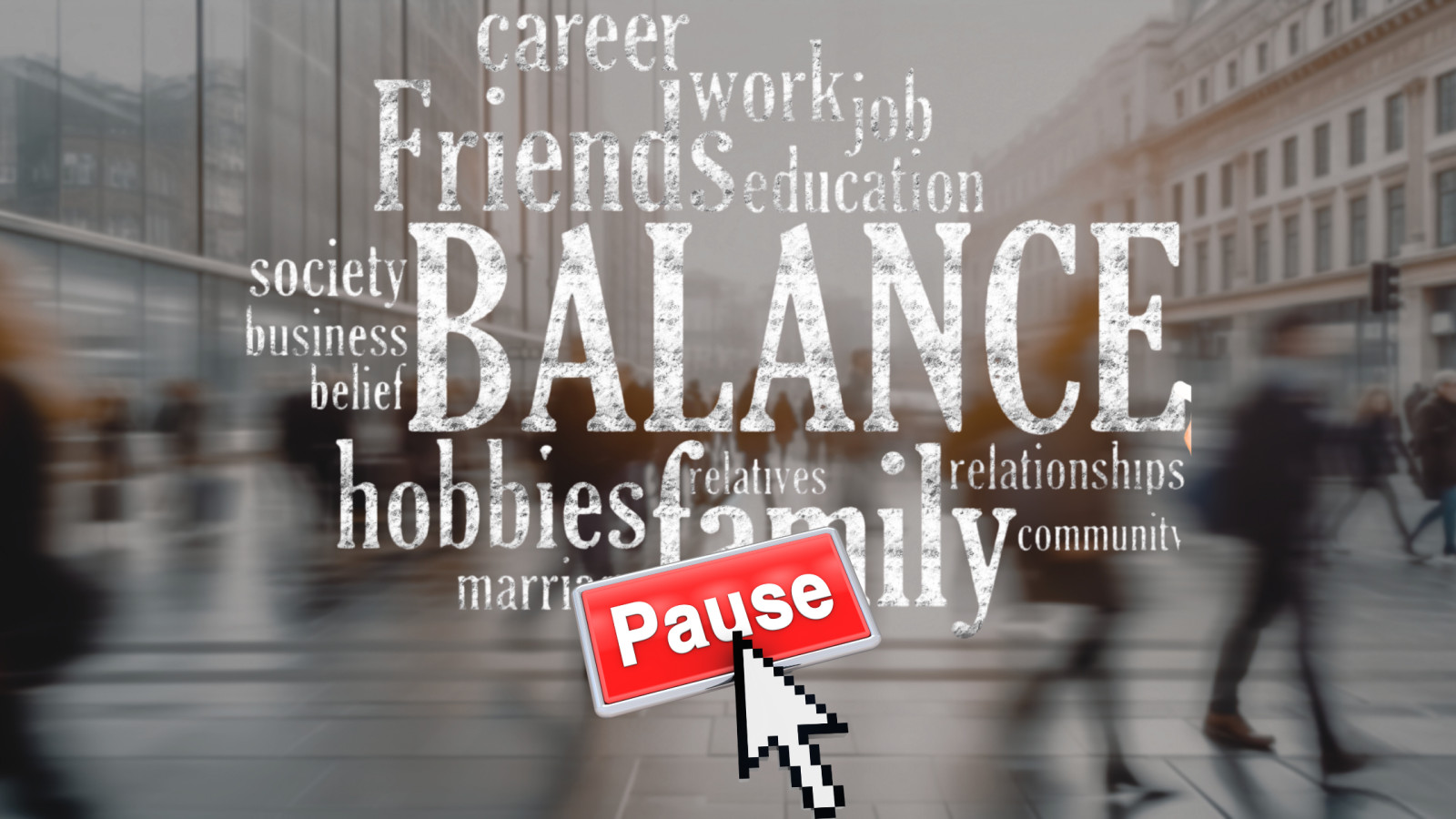
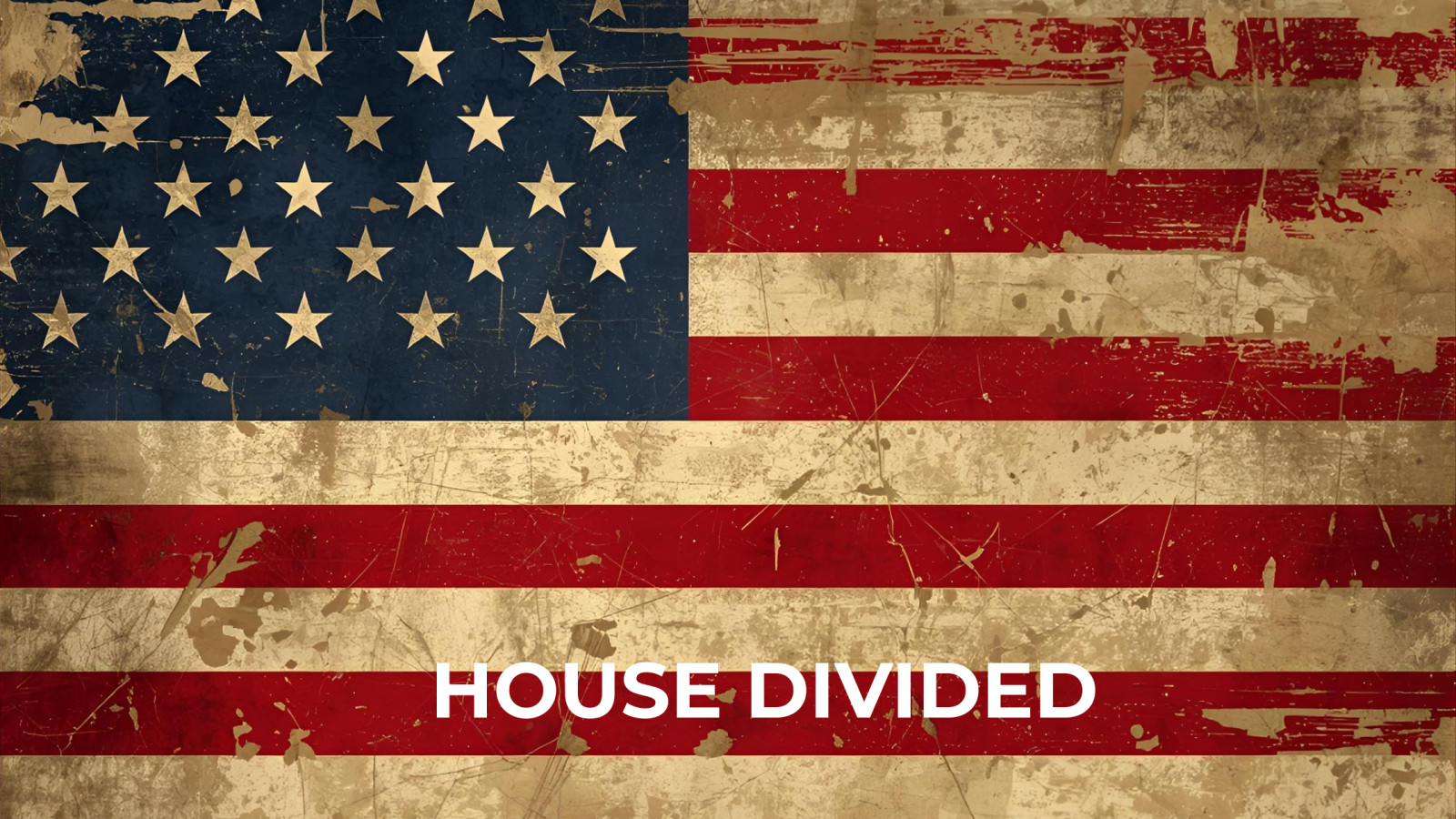



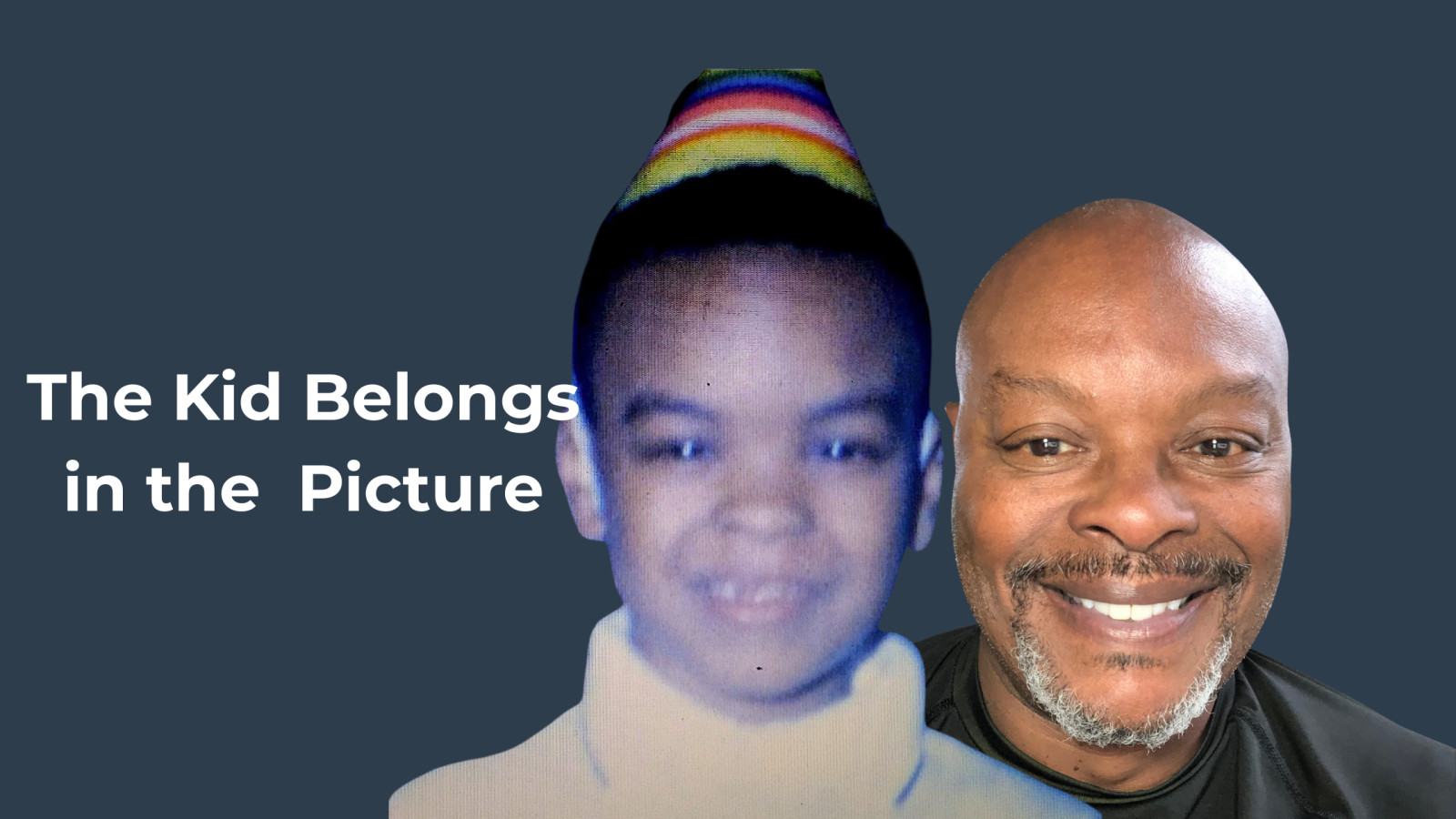
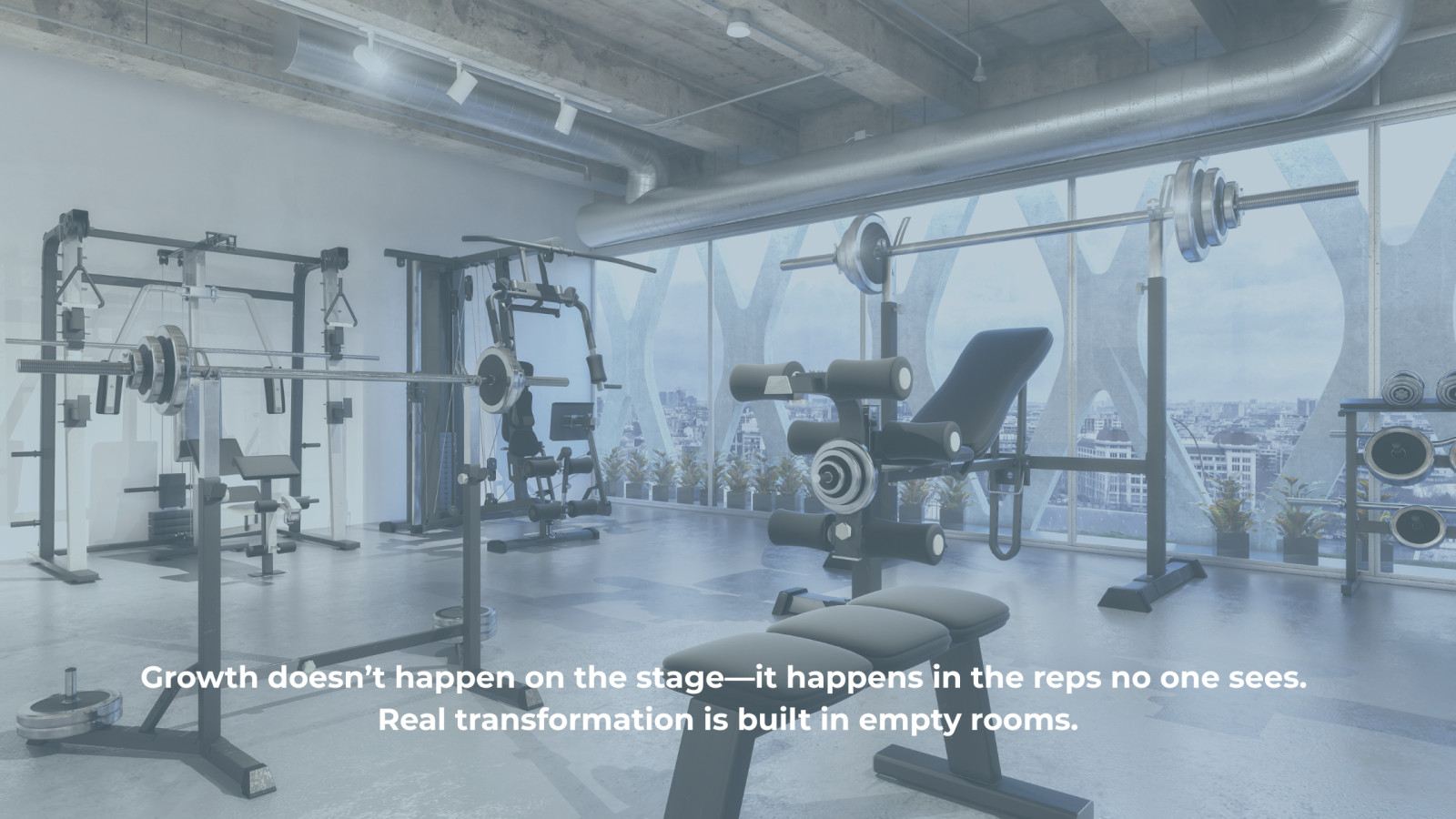
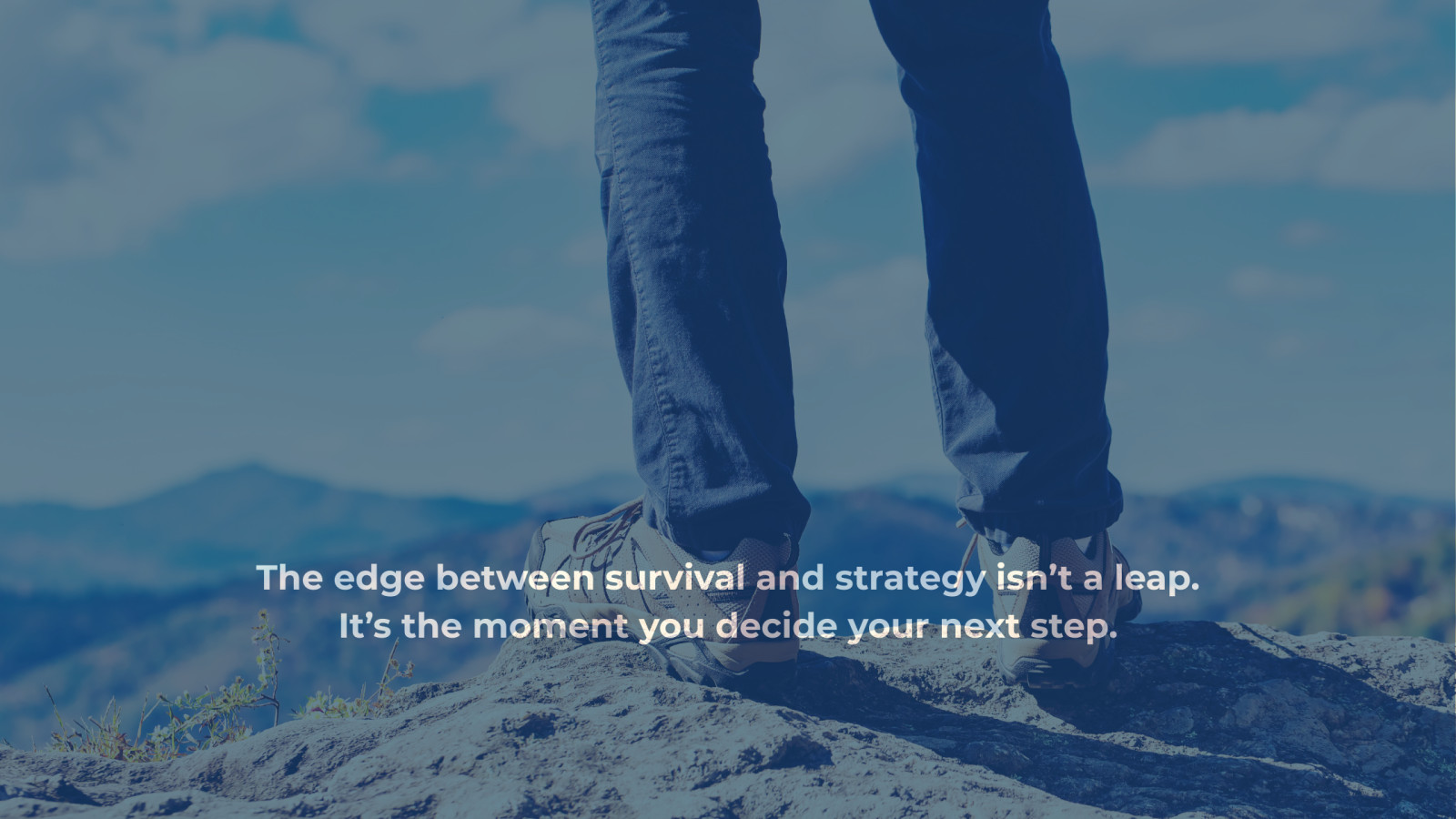
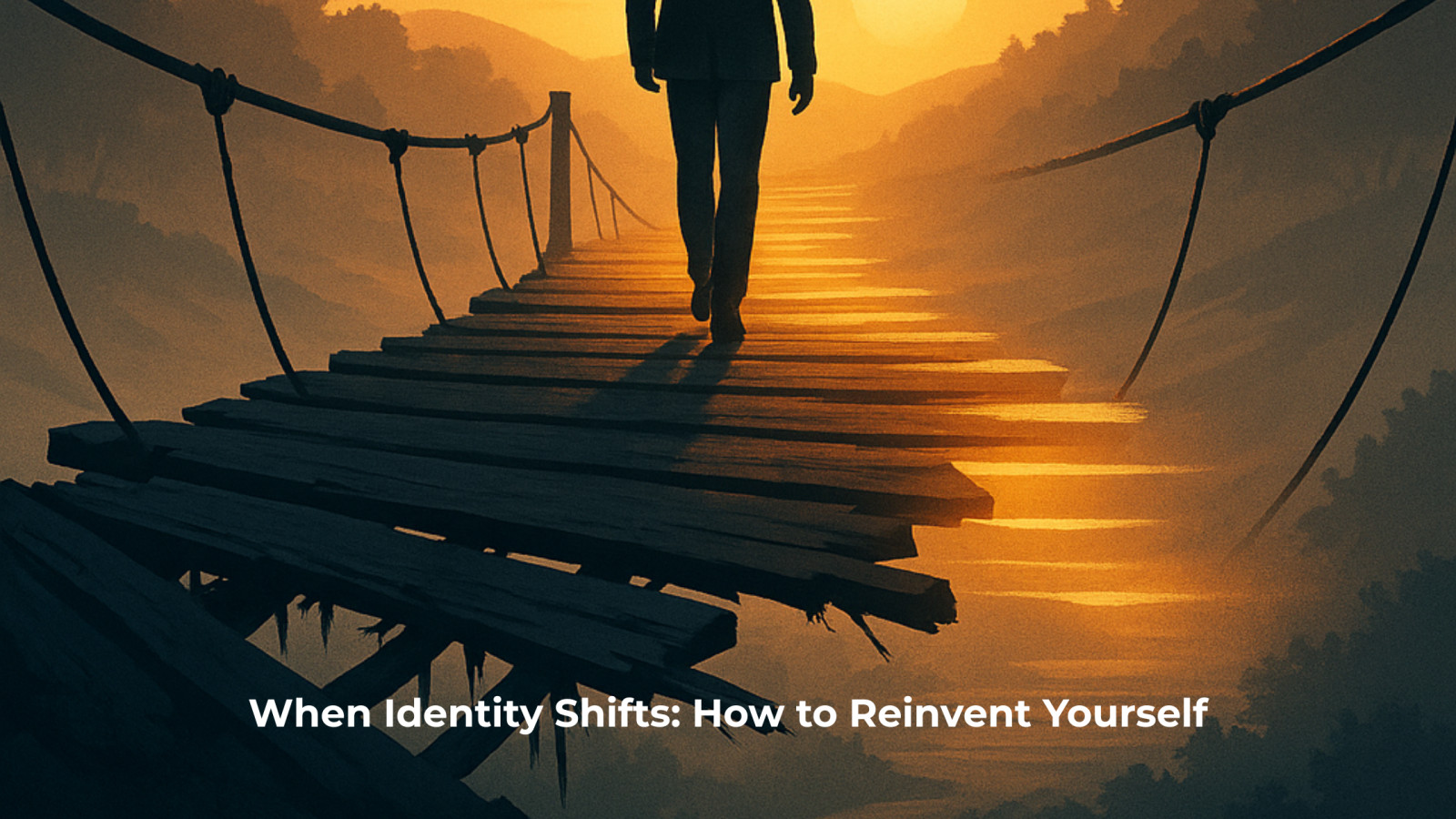

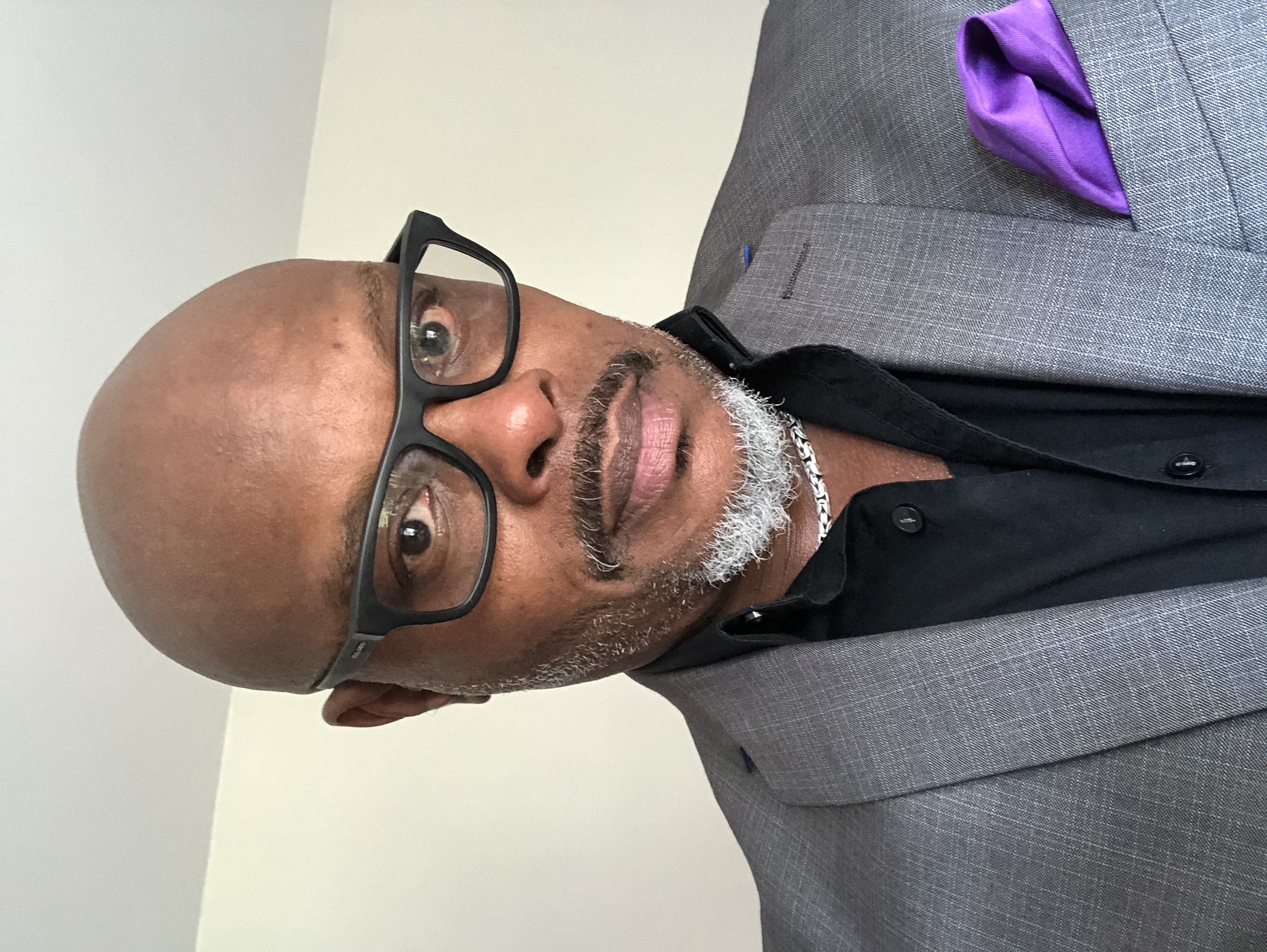
0 Comments